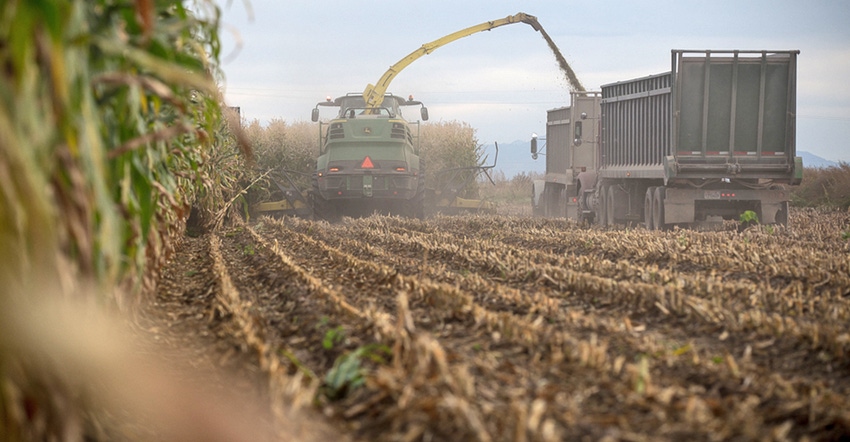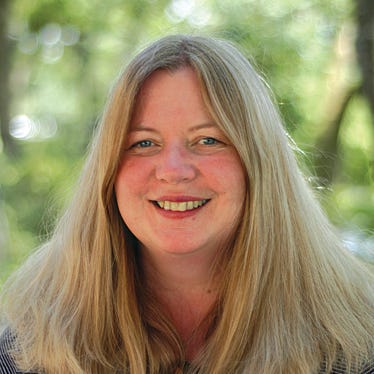
As the corn harvest winds down and combines are put back in the shed, dairy producers will soon be busy selecting hybrids to plant for next year’s corn silage.
“The choices farmers make now are going to impact their farm through 2019,” says Jon Erickson, commercial agronomist for Mycogen. “They’re going to grow those hybrids in 2018, and they won’t start feeding the silage until late 2018 and 2019. Their decision will affect that dairy for the next two years. This is the most critical time right now to make agronomy decisions.”
When evaluating which hybrids to plant, Erickson recommends selecting hybrids that are high in fiber digestibility. Other characteristics to look for include tonnage, early-season vigor, standability and disease tolerance.
“For high-quality feed in high-forage rations, dairy producers need corn silage hybrids with a high neutral detergent fiber digestibility,” Erickson says. “Diets with high NDFD encourage greater dry matter intake and higher milk production.”
Erickson also recommends that when farmers sit down with their agronomist, they should be sure to look at soil test results from their farm, and make sure to get adequate potassium levels in corn.
“Corn needs enough groceries to grow well,” he notes.
Lengthen harvest window
Erickson says farmers may want to plant corn silage hybrids with a range of maturities. “Planting a range of maturities spreads the risk by lengthening the harvest window,” he says. “The silage hybrids will be harvested at optimal quality.
“Of course, the one thing that changes every year is Mother Nature,” he says. “But in general, it’s a good idea to spread out the risk from the environment by making the harvest window longer so if we get a wet year, you can have good quality throughout the harvest, even if you are delayed a week by rain.”
Erickson says maturity is a decision left up to each farmer. “If he knows it takes him a couple weeks to chop his silage, he might want to plant a 100-day variety, a 105-day variety and a 109-day variety. Every situation is different,” he says. “If somebody hires a custom harvester who gets the corn silage all chopped in two days, then it doesn’t matter.”
Erickson advises growers to review and understand how each hybrid has performed in the past.
“Producers will want to evaluate the performance of the previous year’s hybrids,” he says. “Those that are not satisfied will look at replacing those hybrids with hybrids that fit their system. Do they have good drainage? Will manure be applied? Do they have good soil fertility? If they do, then they can plant hybrids that respond to really good management.
“Do they take really good care of that crop? Do they scout the fields, use fungicide and put on micronutrients? If they have wet or poorly drained soils, then they will want to plant a hybrid that has great roots. Growers who plant their crop and aren’t able to monitor it throughout the season may want to choose a workhorse hybrid that doesn’t require optimal conditions.”
If you are not sure what hybrids to select, Erickson says your seed adviser can help you.
“There are a number of farmers in Wisconsin who are cow guys — they focus on the cows first and crops second,” he says. “They should plant hybrids that don’t need a lot of special care. Sit down with your seed adviser and pick hybrids that are going to work for your particular farm operation. Most seed companies provide a wide range of hybrids that will spread your risk, and give you the highest corn silage and corn yields and highest quality possible.”
About the Author(s)
You May Also Like






